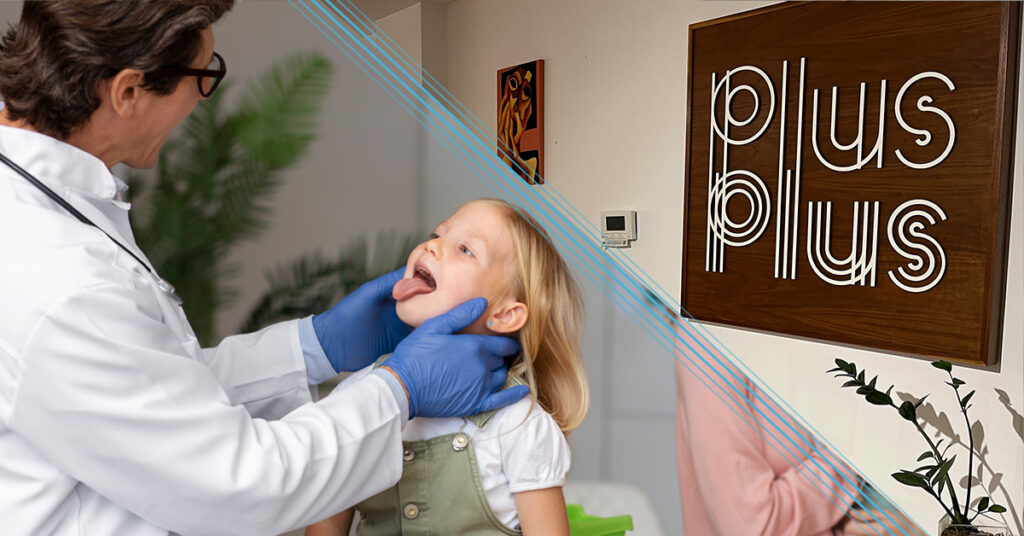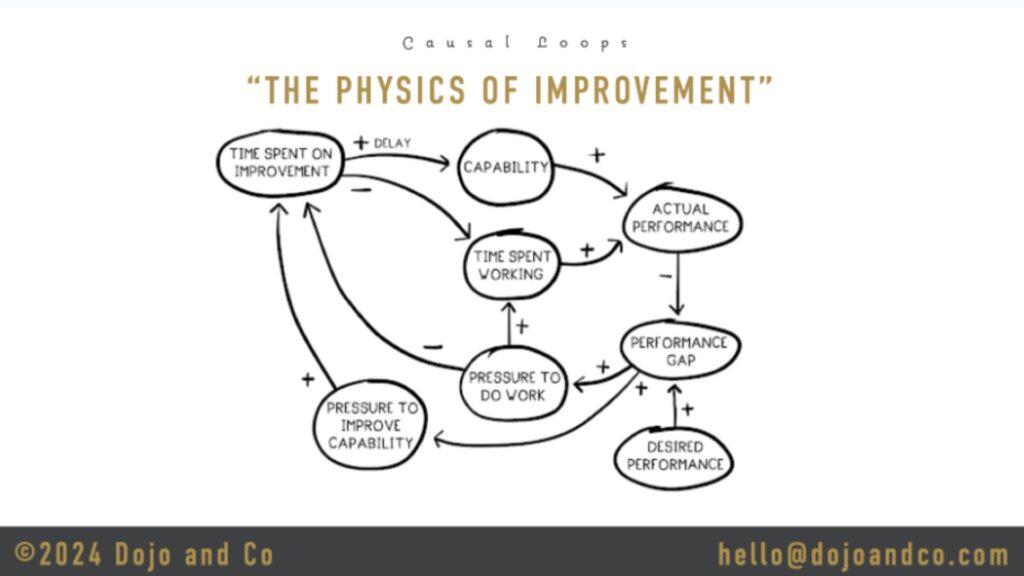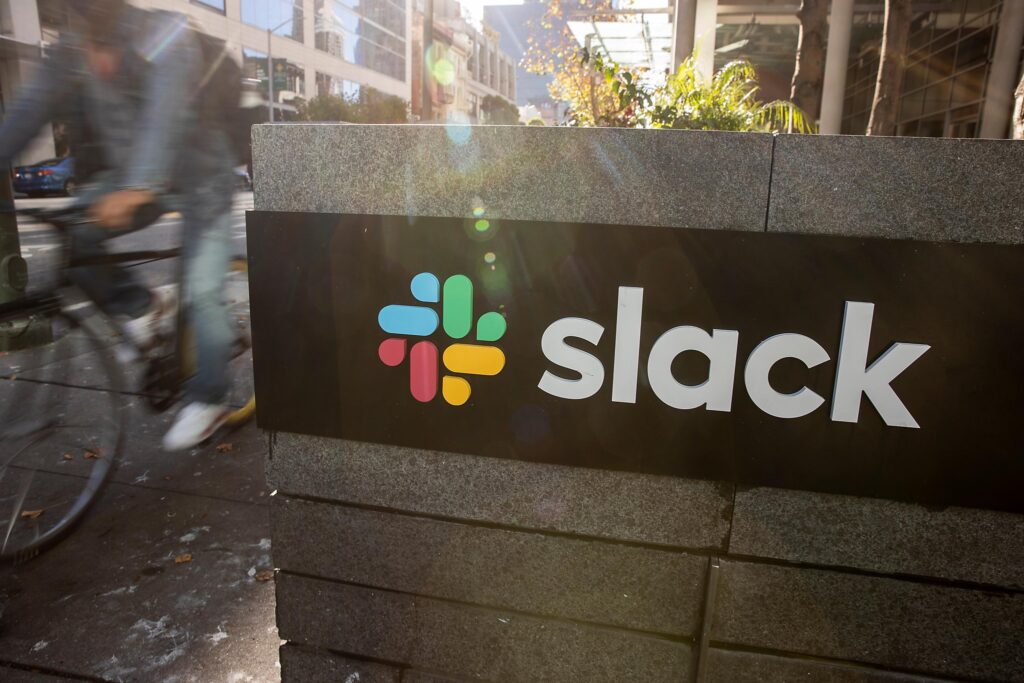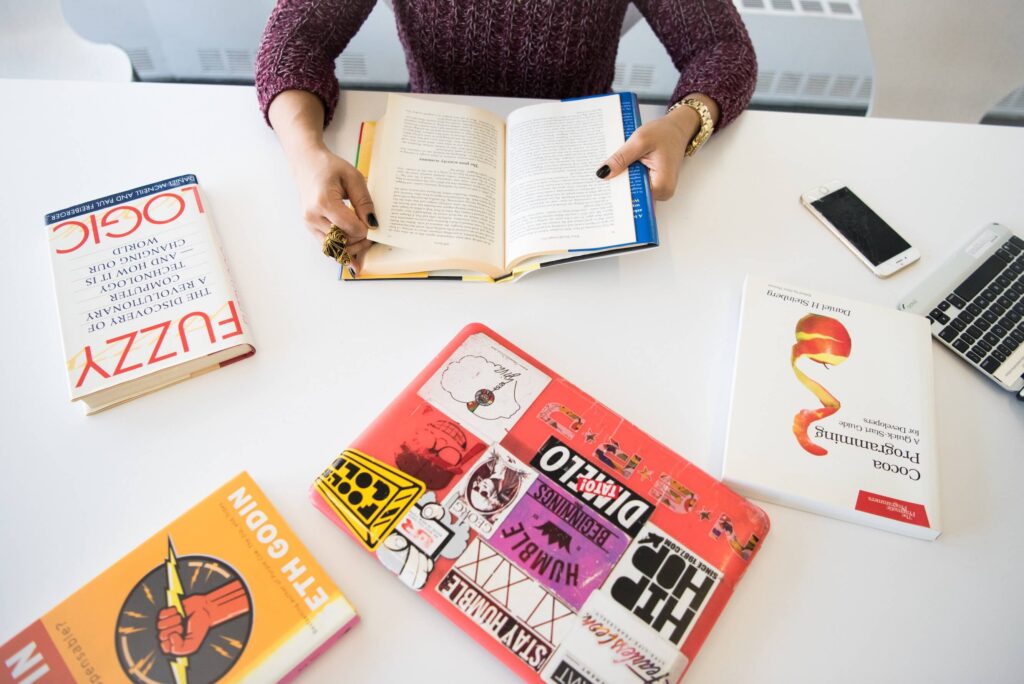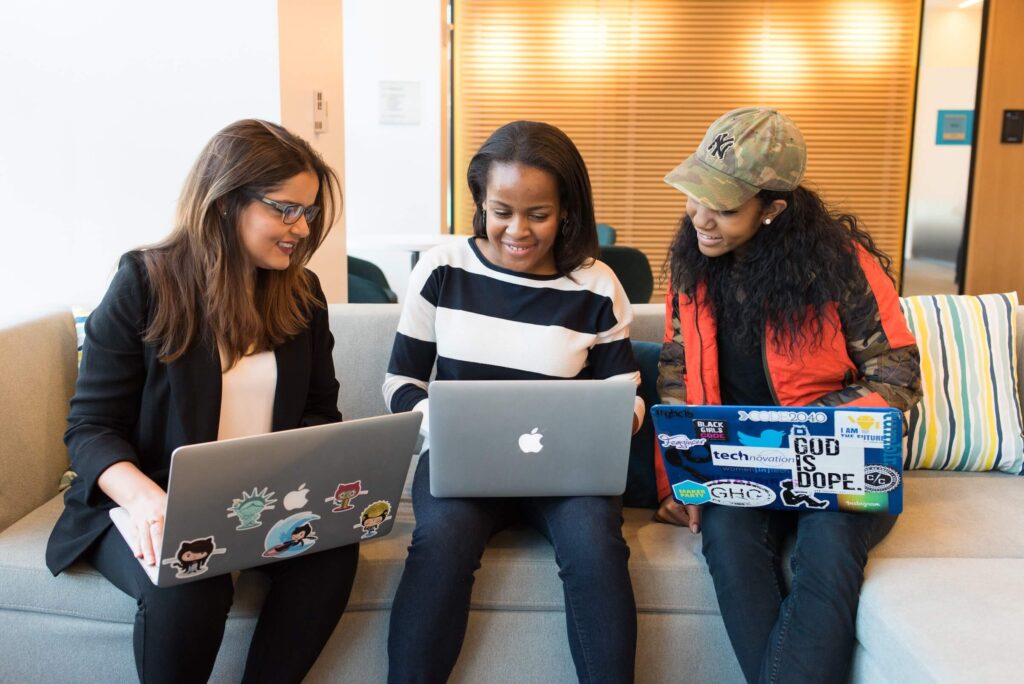Overview
Pegleess Barrios Sánchez is a facilitator at Shopify. Her team manages Talent Development for Shopify’s 5,000+ employees. Outside of her role as facilitator, Pegleess volunteers as the chair and founder of the Latinx Employee Resource Group (ERG) at Shopify. As a first-generation Venezuelan in Canada, Pegleess felt it her mission to ensure the Latin American community within the company and ecosystem is included, valued, and heard.
When COVID started, Shopify was forced to pivot on a dime and go 100% remote, which led to Pegleess and her ERG team to create a vibrant globally distributed virtual community to help support & engage Shopify’s Latinx employees. This is how they did it.
The challenge: how to build a community remotely
The team had their playbook ironed out. Then COVID hit and it went through the window. “We had this beautiful week-long in-person community experience and we were to just replicate it in 2020. Obviously, the circumstances changed. We got a memo that we are going completely remote“, Pegleess recalls.
The new challenge was how to create an exciting and immersive cultural experience distributed globally.
How to create an exciting, engaging, global, month-long community celebration…remotely?
“We had to totally redo our program. We didn’t just want to bring that to Zoom because it wouldn’t be the same experience. So, we had to think about how to use different media, asynchronous and synchronous.”, Pegleess recalls as she and her team started looking at how other industries were doing this. They looked at Instagram and how other communities were creating engaging experiences.
“So, I started looking at what elements of human psychology I could translate to this community”, she recalls.
Additionally, there was a purpose to this initiative beyond just creating this cultural immersion. It had to enable people to win at their jobs. “Work has to come first. People have their actual jobs. We had to balance our events around that constraint.”, says Pegleess.
In addition to delivering on the business needs, Pegleess also needed not to be in the critical path. She simply couldn’t anymore: “Our team is truly global. It can’t just me be hosting an event at 3 am”. Pegleess needed to get others involved and get out of the way for this to scale around the world.
The strategy: innovation through experimentation
“We realized we need to run experiments. Some were great but others were terrible. We had many failed experiments to learn from and we had a few successes”, she recalls. “Experimentation was very important. We started putting ourselves out there.”
So what did they learn from all these experiments?
“We realized we needed to build a community,” says Pegleess. The community grew from 100 to 200, to 400, and so on. Awareness slowly grew while the team experimented with different types of meet-ups, activations, and forms of connecting. As they processed their learnings, Pegleess and her team realized that what really was bringing their community together was allowing others to take ownership and host the events and share the content they wanted to see. The team launched a volunteer program and formally encouraged any member of the community to host an event or share a story. People started signing up and leading events. That was the turning point.
“Being able to see that 38 people signed up, came through, and led activities that were attended by over 1000 people was proof that our strategy was working and people are responding.”
The solution: make it easy to discover and engage
Among other things, the team created a website with all the community offerings listing various events. “We had all this in Session [PlusPlus]”, says Pegleess.
Next came the promotion to create awareness: “ Our CFO was our executive sponsor. So one month before the event, she sent out an invitational email. This is unprecedented!”, Pegleess says. This one email from the executive sponsor created the initial spark. Additionally, “we came out to people from all angles: Slack, emails, etc.”, recalls Pegleess.
Looking back, Pegleess is proud of the results. “I’m most proud of the feedback from the community.”, she calls: “We had 5-star unanimous feedback on all our events in PlusPlus. We ended up with over 1,200 registrations, up from only 130 the year before. And I thought that last year was a huge success. We had free food and drinks! This year there was no food nor drinks, and still even more people came through. That was incredible! Our engagement was through the roof.”
Takeaways: Build community through experimentation and letting go
Looking back, Pegleess summarized the lessons learned in three main takeaways:
-
- Allow yourself the freedom to experiment. Give things a try. It’s okay if it doesn’t work out the first time around. Try different media. Borrow from other industries.
-
- Stepping back allows others to step forward. Allow others to step up by letting go.
-
- Community = Group Ownership. Everyone owns culture. It’s not just the job of the Culture Team, or the C-suite. We all own it.“This was such a learning journey for me and got me to think about how I could apply this to my actual job, and think of how we approach onboarding new hires. We want people to connect. Community is the word right now. This definitely changed how I build communities for our new hires.”
Through giving up control, Pegleess and her team at Shopify’s Latinx ERG 10x’ed the community engagement.

